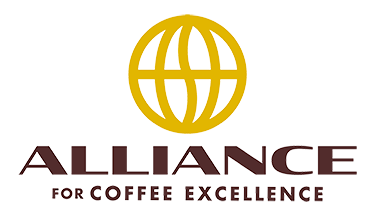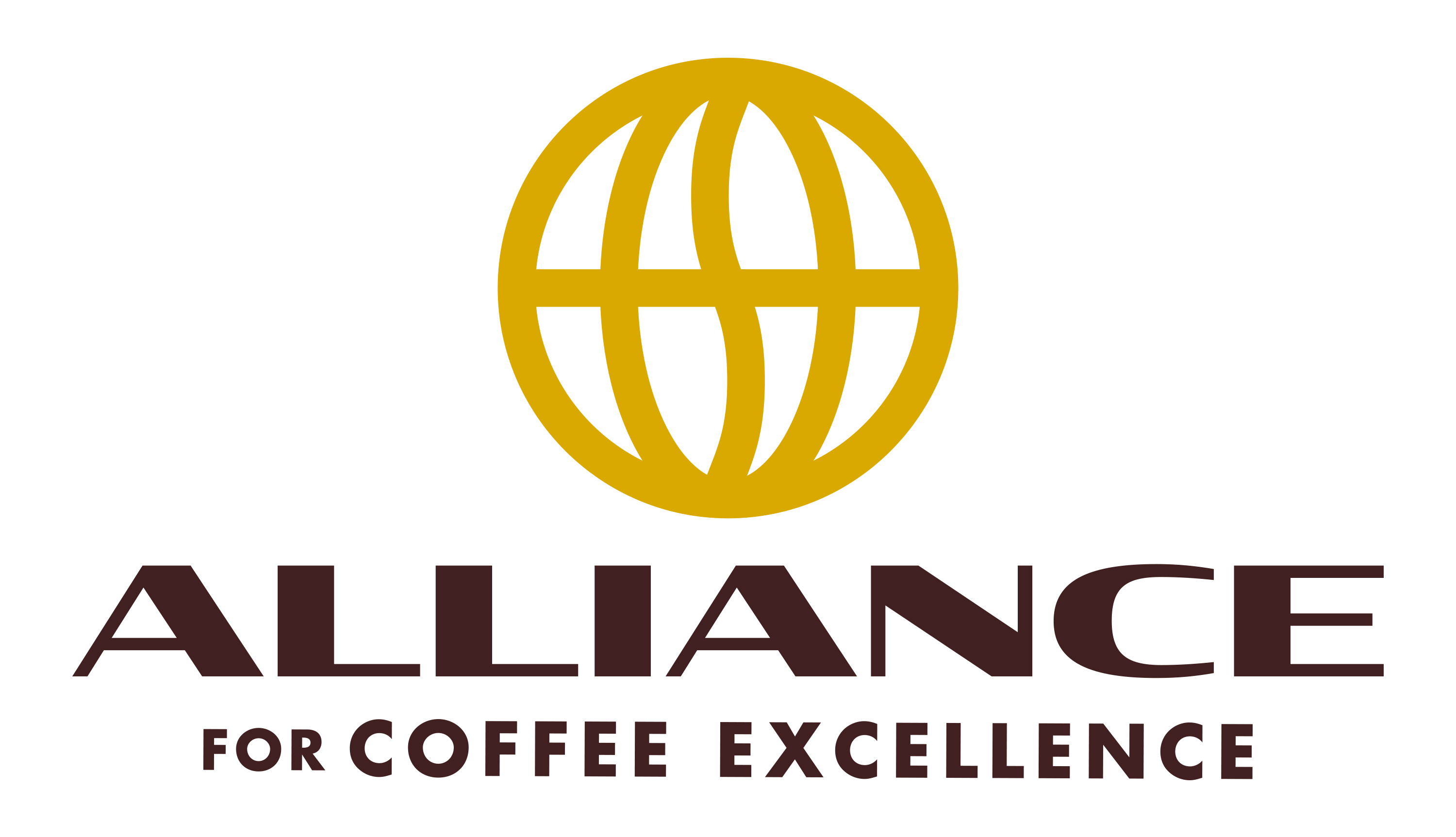87.95
Overview
Twenty years ago I left my community, Cala Cala in Camacho Province. One of the reasons I came to Caranavi was when I started working the harvest in the 80s. Coffee was cheap. It cost 30 bolivianos the quintal in Caranavi, and they sold to producers who served as intermediaries. About ten people got to Chojnapampa in those years. Little by little we organized ourselves, knowing that one day we would get it together. When the Cup of Excellence was just starting, I belonged to CIANA and, in those years thirteen of us participated, supported by the organization or on our own. To know how the coffee from there was, we sent one sample. Later we separated from CIANA and we also collected to help the organization export, so that they wouldnt be mad at us. Everybody participated each year, with a quintal and a half for the organization. In 2008, I participated with my brother and we won sixteenth place with our coffee called Wakana. In 2009, we participated with coffee called cafe origen because we were participating alone and we thought about the original coffee from the same place. He says that they now know how to manage coffee thanks to the technical assistance and support of a few NGOs and institutions. Nevertheless, the management is strict and clean because we are careful with the fermentation and all of the processes in their own time, without letting them fall on the ground. Specialty coffee management has become a habit for me. Its easy. Its just a question of dedication and working on a strict harvest of pure cherries. You cant harvest early. Before, I didnt work as hard as I do now. Thats why I think that the Cup of Excellence is helps us as an organization and as individuals. If there were another year, this competition could help us prepare and work on preparing the quality coffee lots. The fact that I have been participating as an individual does help my coffee. When we participate with a lot of people, we start thinking that we are working for others, who arent working as hard. This way, we can control ourselves in our own work. With a lot of people, we dont work well. But I do remember that in 2005 and 2006 the work with the coffee was good, and we had good incomes. Maybe it was because the organizations were coming together, and little by little they were even exporting coffee. Even price of a coffee plantation rose. I always work in the coffee harvest with my brother, as Ayni today for you, tomorrow for me. I participated alone this year, just like my brother. Whats strange is that my brother didnt make it in the competition and I won a place. We use ecological clearing methods, without burning. Before, when I came to the colony, we used slash and burn, but now we do it without burning. We manage the coffee plantation that way because when we burned, it grew back, and when you burn, theres no fertilizer. We manage the shade with thinning and siquiles.
| Rank | 9 |
|---|---|
| Farm Name | Café Origen |
| Farmer/Rep. | Damian Huanca Flores |
| Altitude | 1523 |
| Country | Bolivia |
| Year | 2009 |
| Size (30kg boxes) | 29 |
| City | Caranavi |
| Region | Yungas of La Paz |
| Program | Bolivia 2009 |
| Month | - |
| Aroma/Flavor | green apple, blueberry, stone fruit, peach, apricot, black cherry, brown sugar, red apple, blackberry, marzipan, nutty, butter |
| Acidity | orange-like, citric, lively, juicy, transparent, grapefruit-like |
| Other | molasses, layered, hint of hops, geranium, refined |
| Processing system | Individual processing, harvesting of ripe cherries, fermentate, washed with clean spring water and s |
| Variety | Caturra Criollo |
| Coffee Growing Area | 4.5 |
| Farm Size | 5.5 |
| Auction Lot Size (lbs.) | 2205.72 |
| High bid | 8.46 |
| Total value | 18660.39 |
| High bidders | Kaffebrenneriet as |


